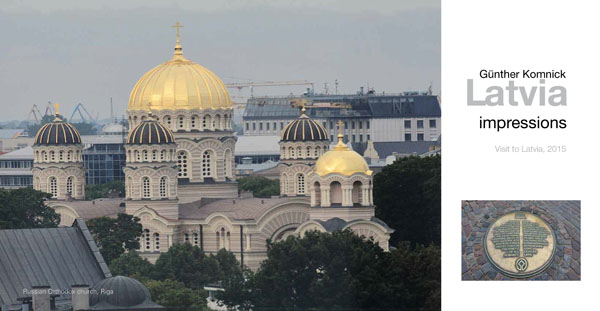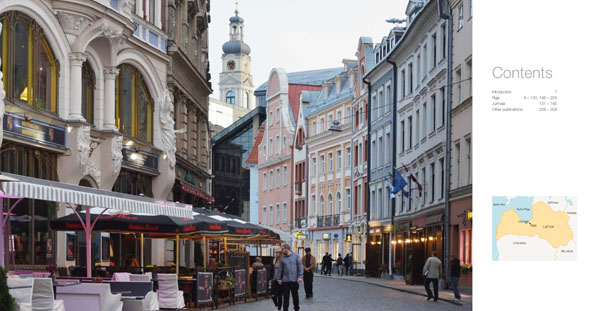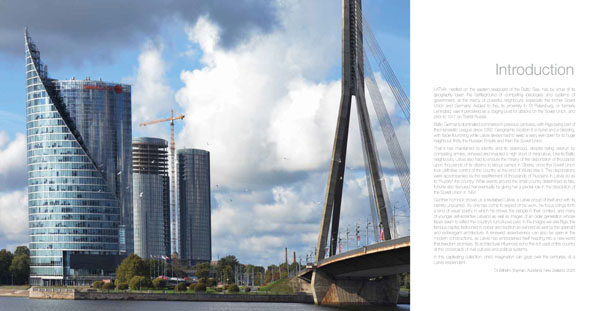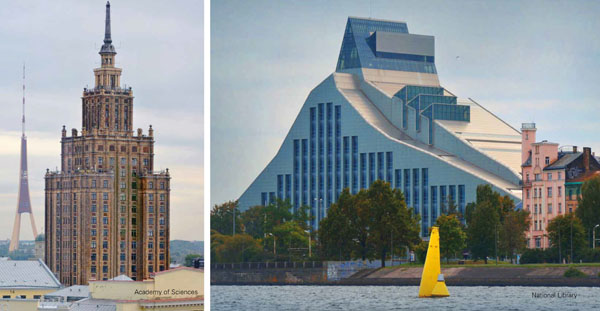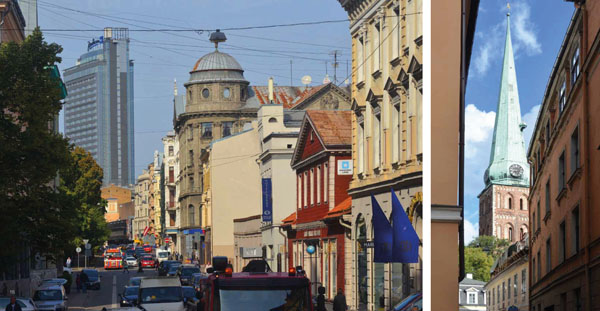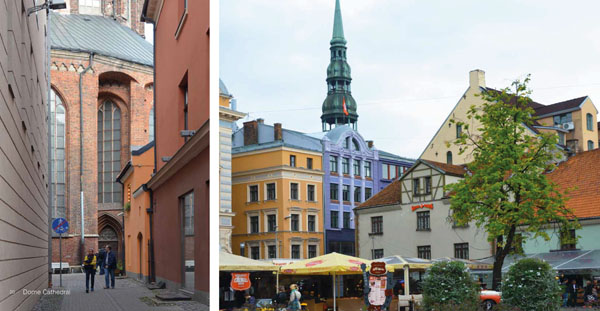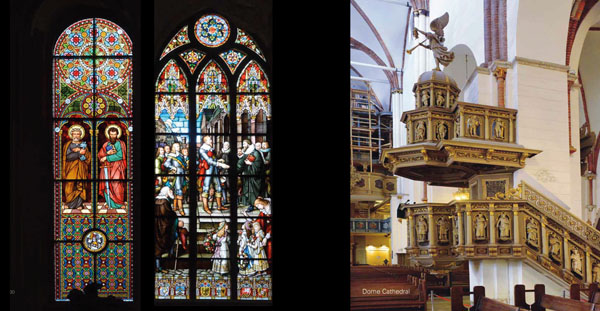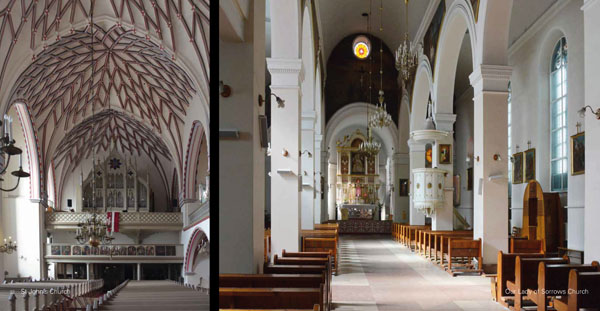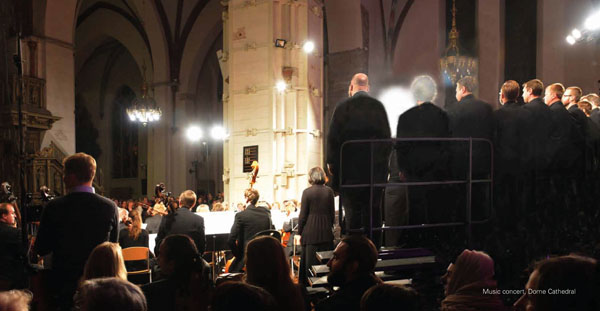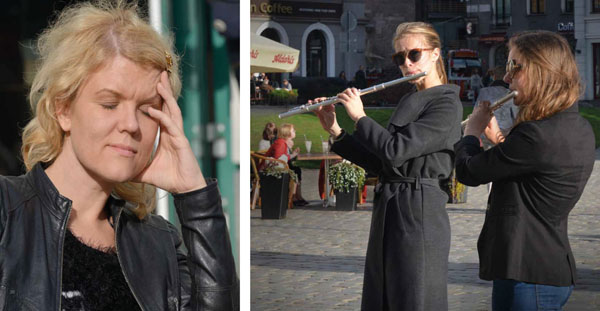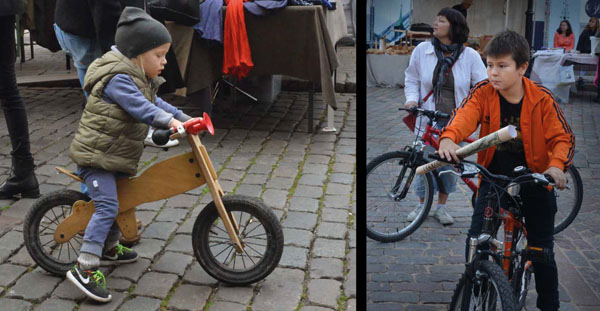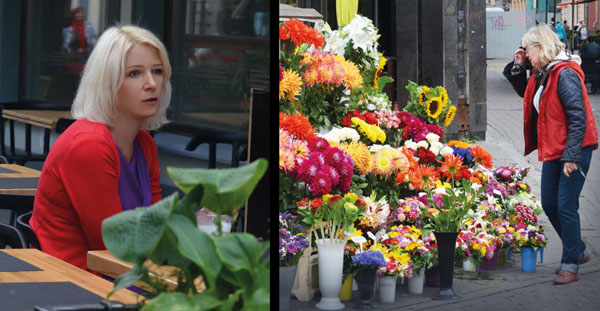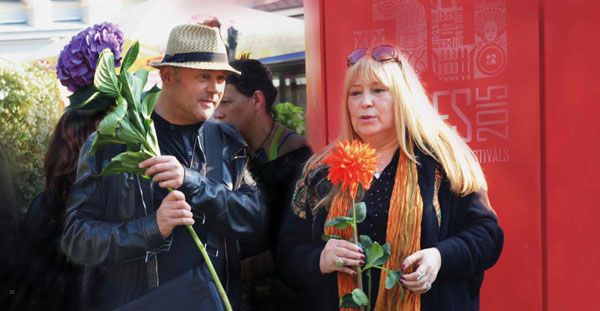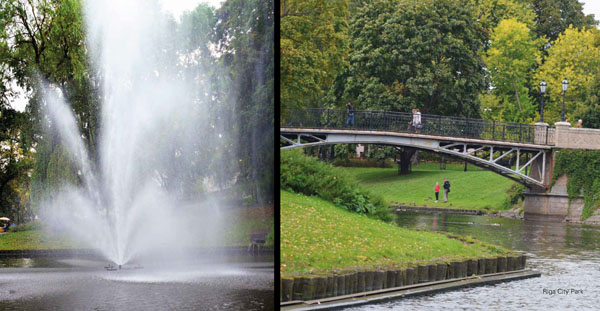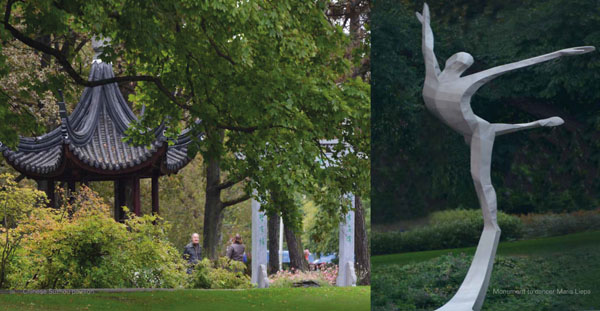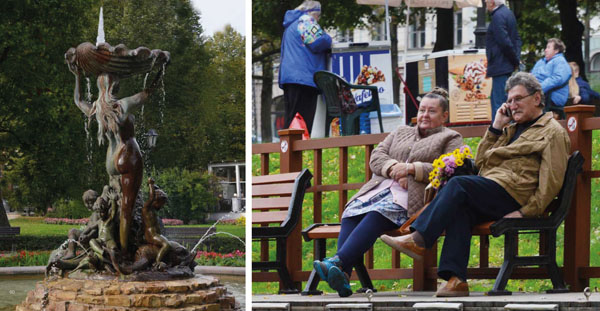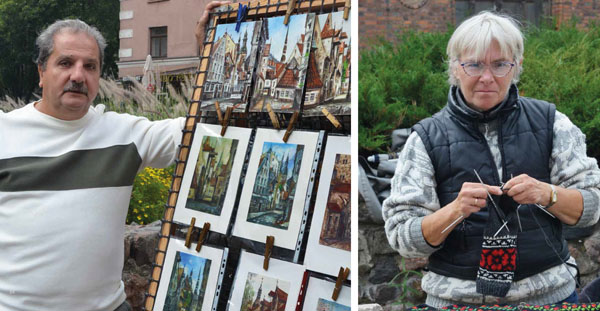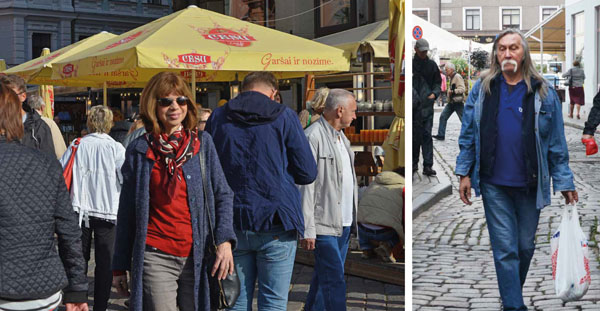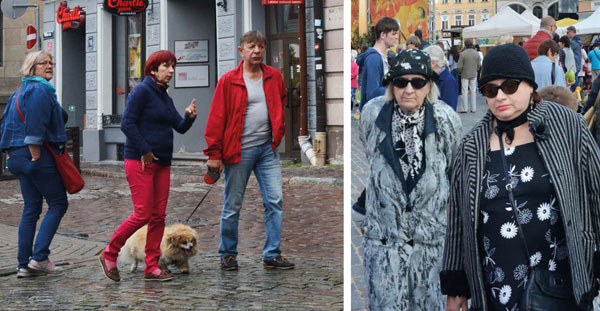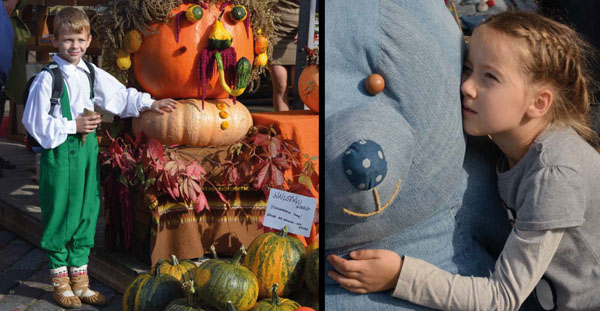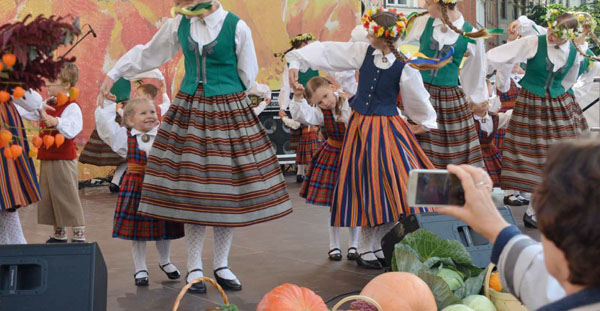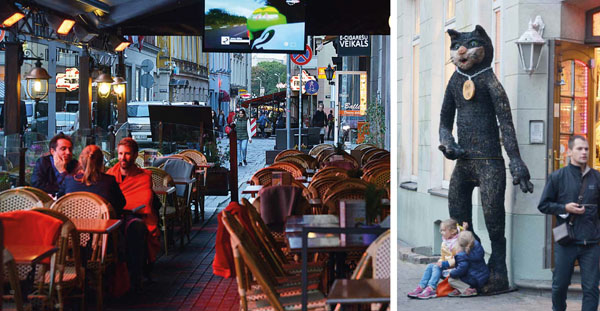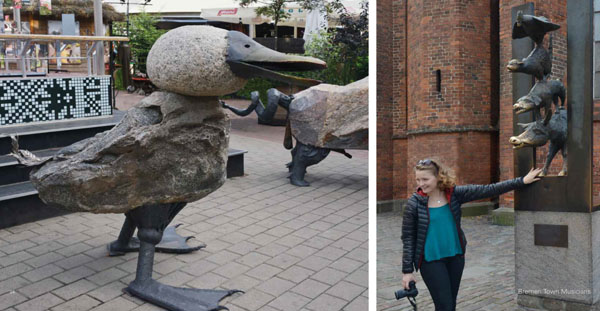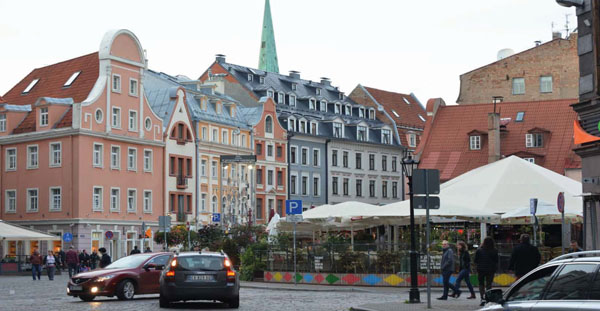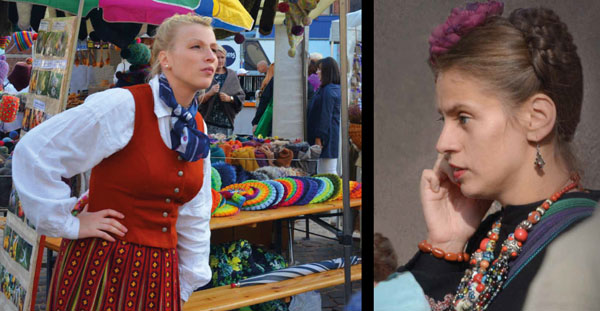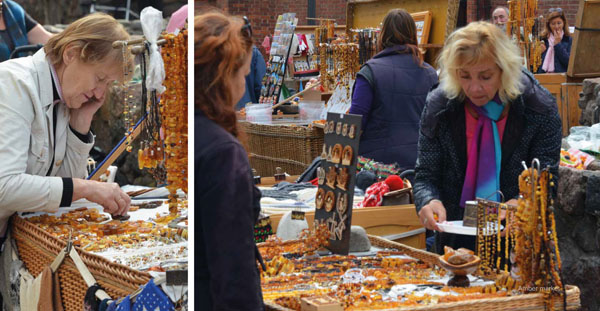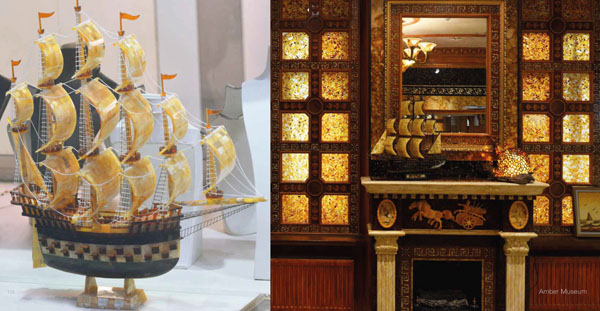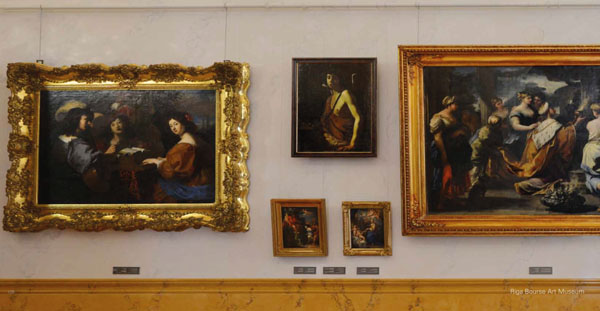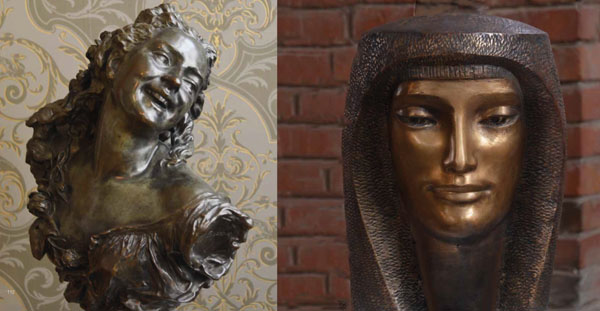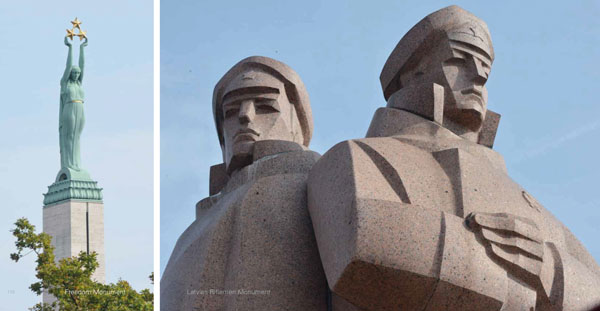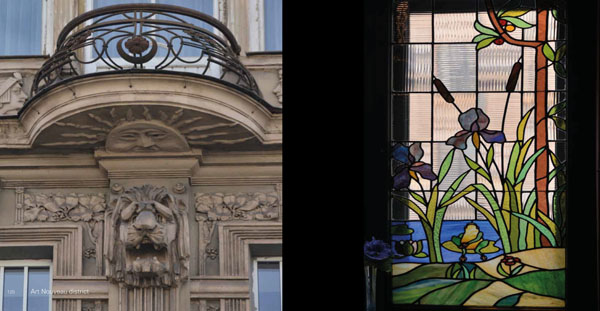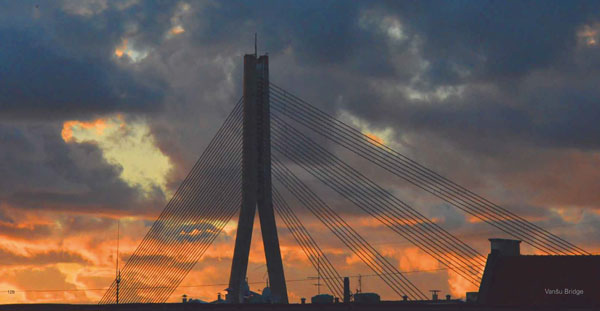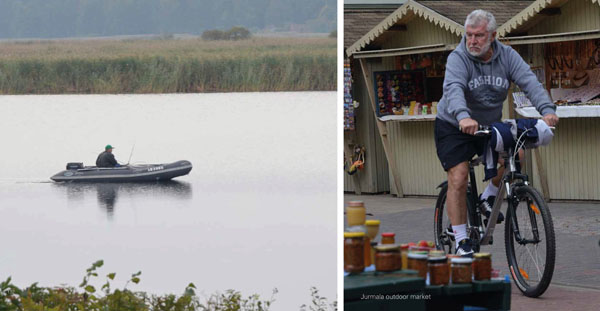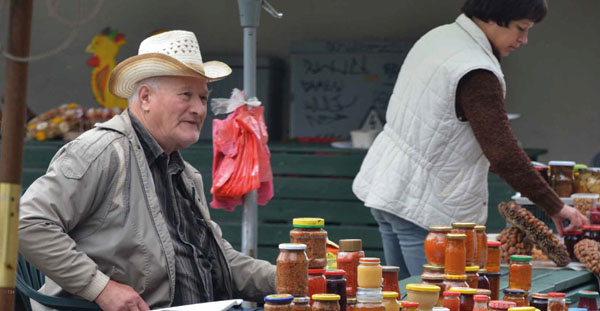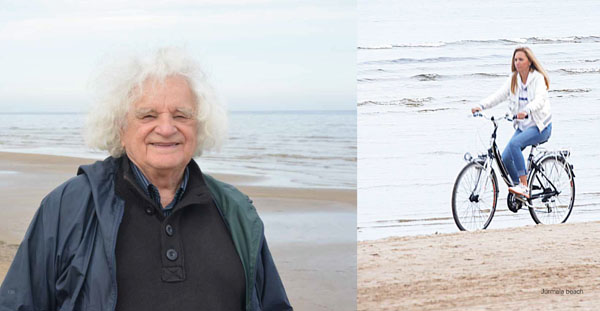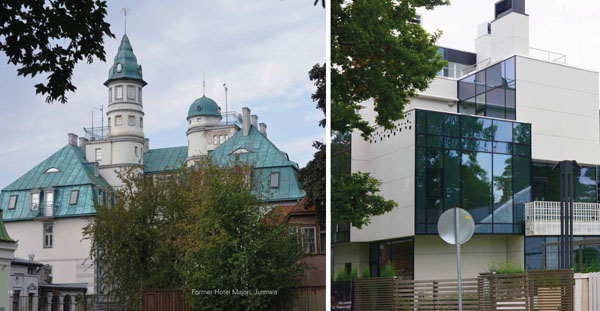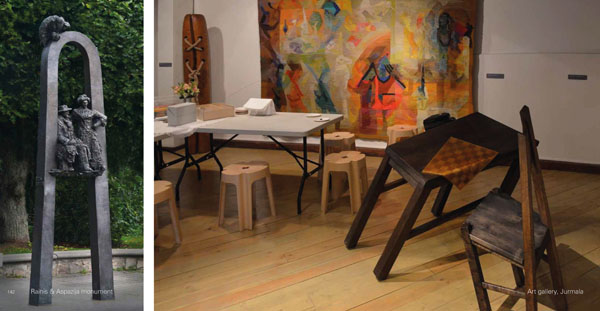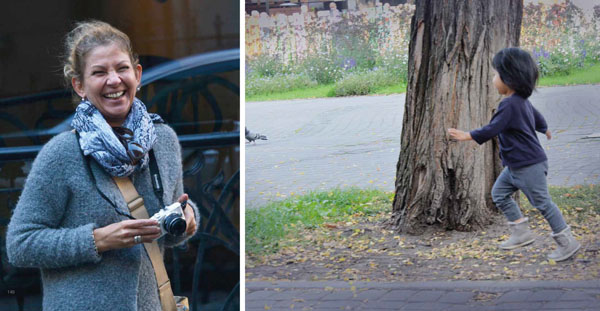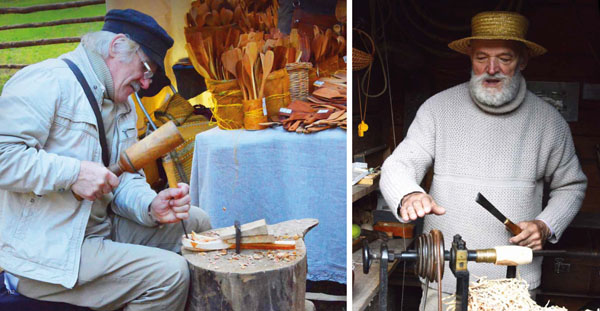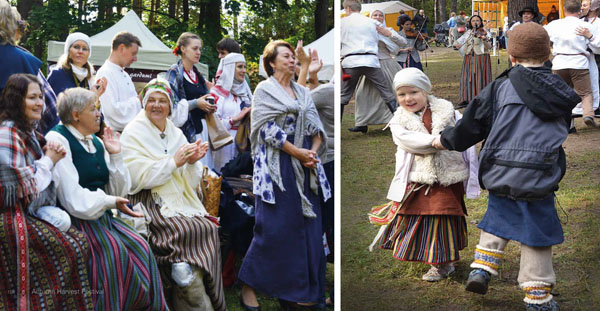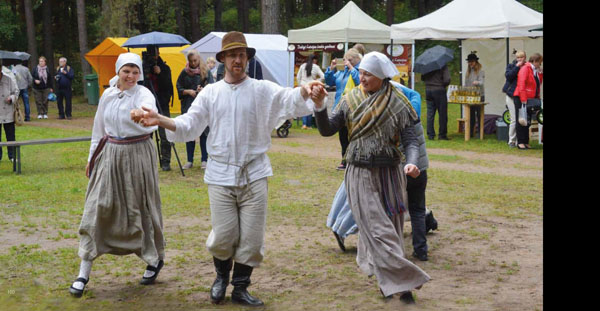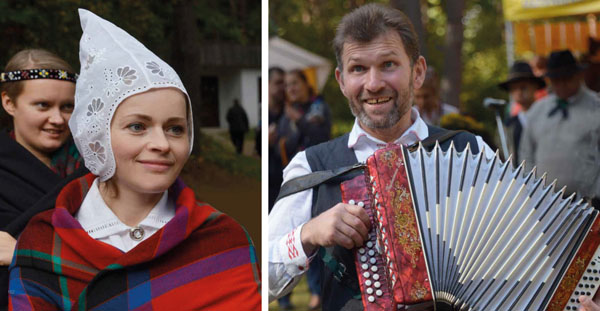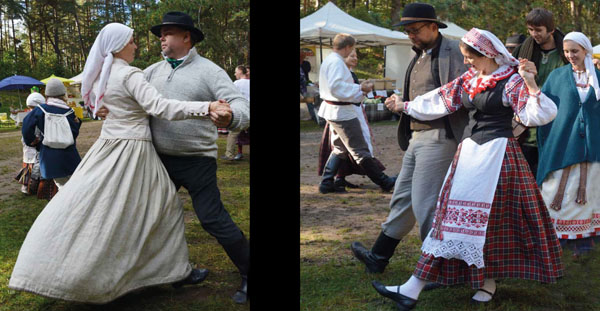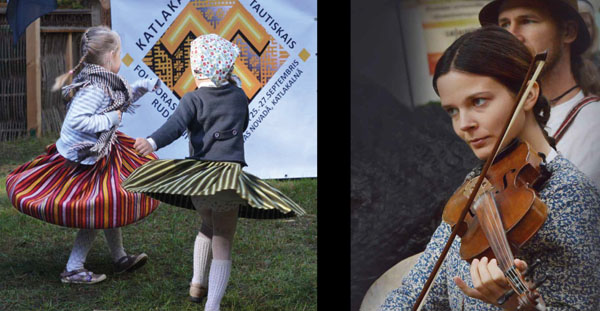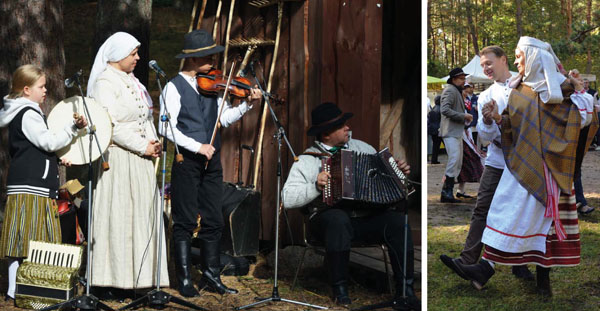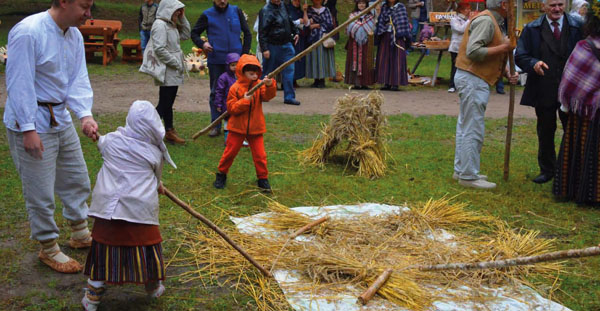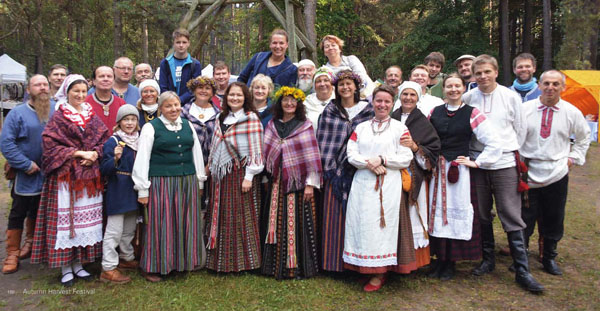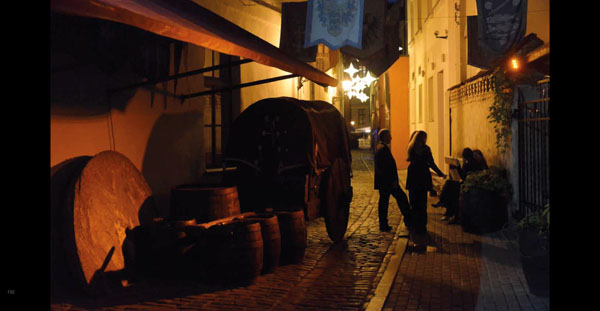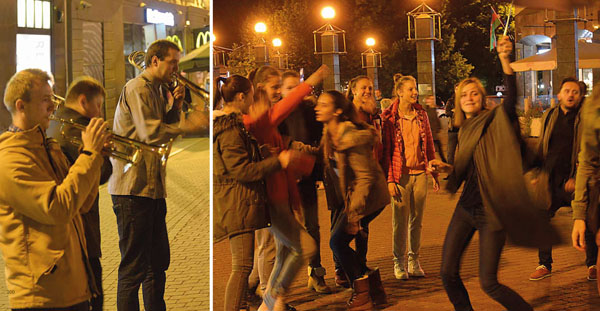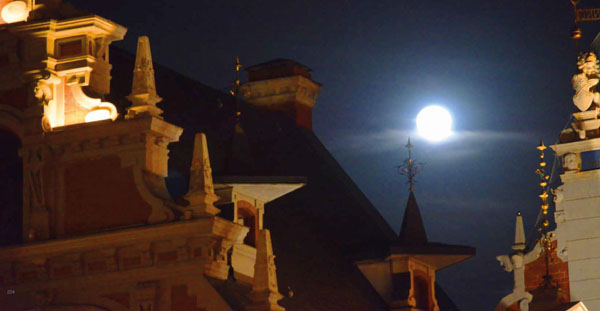LATVIA, nestled on the eastern seaboard of the Baltic Sea, has by virtue of its geography been the battleground of competing ideologies and systems of government, at the mercy of powerful neighbours, especially the former Soviet Union and Germany. Added to this, its proximity to St Petersburg, or formerly Leningrad, saw it perceived as a staging post for attacks on the Soviet Union, and prior to 1917 on Tsarist Russia.
Baltic Germans dominated commerce in previous centuries, with Riga being part of the Hanseatic League since 1282. Geographic location is a curse and a blessing, with trade flourishing while Latvia always had to keep a wary eye open for its huge neighbour, firstly the Russian Empire and then the Soviet Union.
That it has maintained its identity and its statehood, despite being overrun by competing armies, annexed and invaded is nigh short of miraculous. Like its Baltic neighbours, Latvia also had to endure the misery of the deportation of thousands upon thousands of its citizens to labour camps in Siberia, once the Soviet Union took definitive control of the country at the end of World War II. The deportations were accompanied by the resettlement of thousands of Russians in Latvia so as to "Russifyâ the country. While events around the small country determined its fate, fortune also favoured her eventually by giving her a pivotal role in the dissolution of the Soviet Union in 1991.
Günther Komnick shows us a revitalised Latvia, a Latvia proud of itself and with its identity unscarred. As one has come to expect of his work, he focus brings forth a kind of visual poetry in which he shows the people in their context, and many of younger self-assertive Latvians as well as images of an older generation whose faces seem to reflect the countryâs tumultuous past. In the images we see Riga, the famous capital, festooned in colour and tradition as evinced as well by the splendid and extravagant architecture. A renewed assertiveness can also be seen in the modern constructions, as Latvia has emboldened itself heading into a new world that freedom promises. Its architectural influences echo the rich past of this country at the crossroads of rival cultures and political systems.
In this captivating collection, oneâs imagination can gaze over the centuries, at a Latvia resplendent.
Dr Wilhelm Snyman, Auckland, New Zealand, 2020

